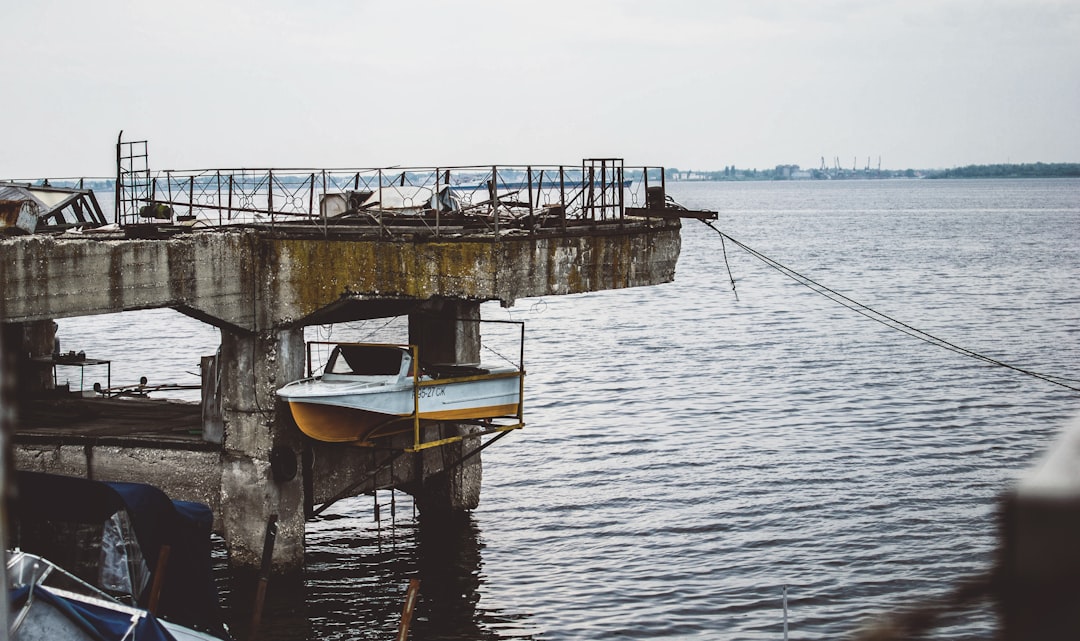What is it about?
The paper investigates new composites fully based on wastes of PET, rubber, HDPE and wood, aiming at multifunctional, environmental friendly materials, for indoor and outdoor applications. The rubber : PET : HDPE : wood ratio and compression moulding temperatures are optimized considering the output mechanical properties, focusing on increasing the waste PET content. To investigate the durability in the working conditions, the water-stable composites, with good tensile and compression strengths were exposed to surfactant systems, saline aerosols and UV radiations. The results prove that surfactant immersion improves the interfaces and the mechanical properties and a pre-conditioning step involving the DTAB surfactant is recommended, prior application. The interfaces and the bulk composites were investigated by XRD, FTIR, DSC, contact angle measurements, SEM, AFM, to identify the properties that influence the mechanical behaviour and durability. The composites containing 30% of PET, obtained at 160 and 190 oC have a good combination of mechanical properties and durability that is enhanced by the plasticizing effect of water and surfactants. The compressive strength of the composite processed at 190 oC was 51.2 MPa and the value increased to 58.4 MPa after water immersion. The UV and saline exposure slightly diminished this effect; however, long time testing (120 h) ended up with values higher than those corresponding to the pristine composite: 55.3 MPA after UV and, respectively 57.1 MPa after saline exposure.
Featured Image
Read the Original
This page is a summary of: Effect of waste polyethylene terephthalate content on the durability and mechanical properties of composites with tire rubber matrix, Journal of Composite Materials, July 2016, SAGE Publications,
DOI: 10.1177/0021998316645850.
You can read the full text:
Contributors
The following have contributed to this page










